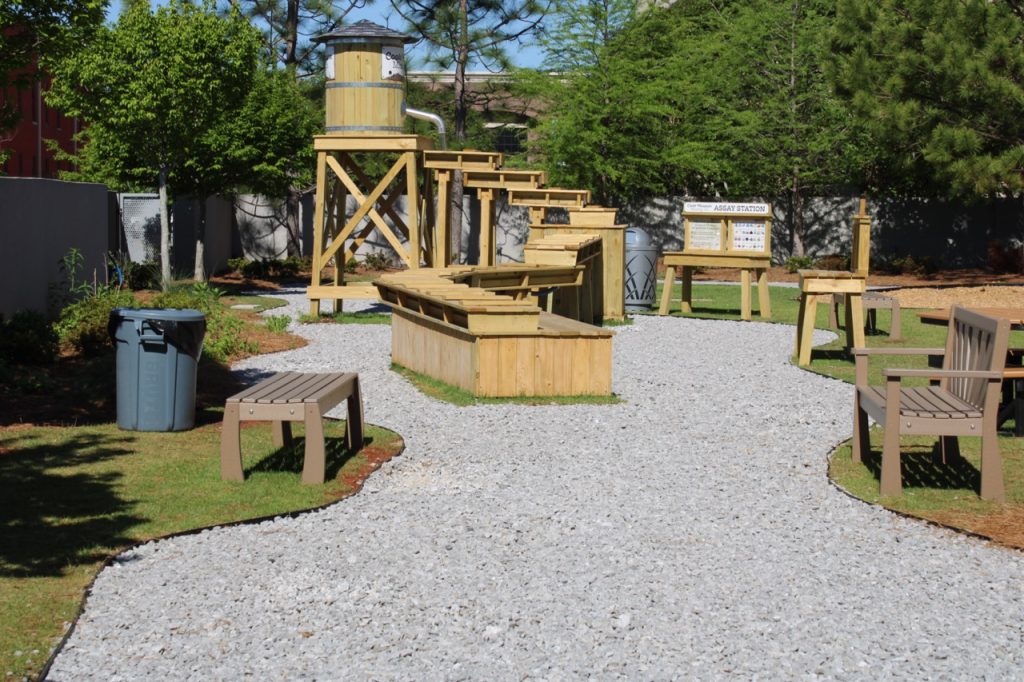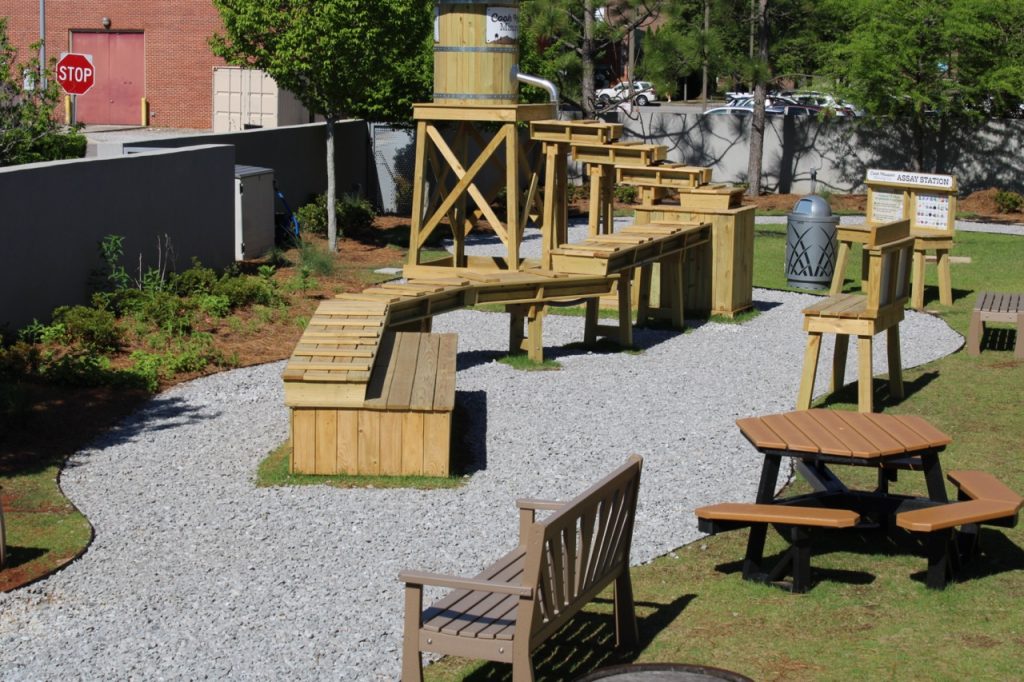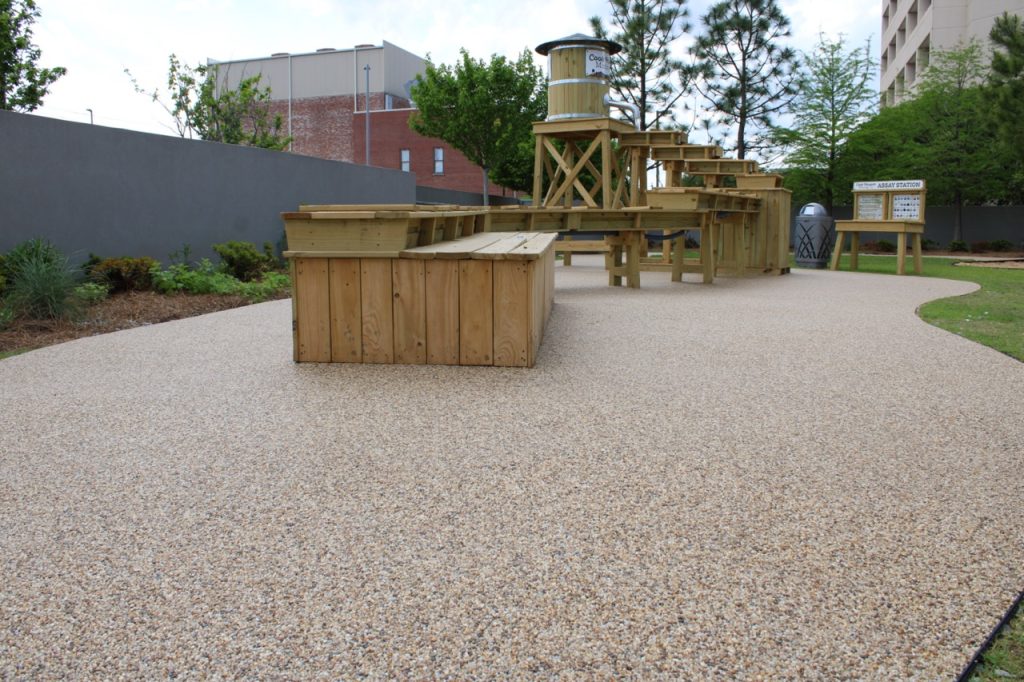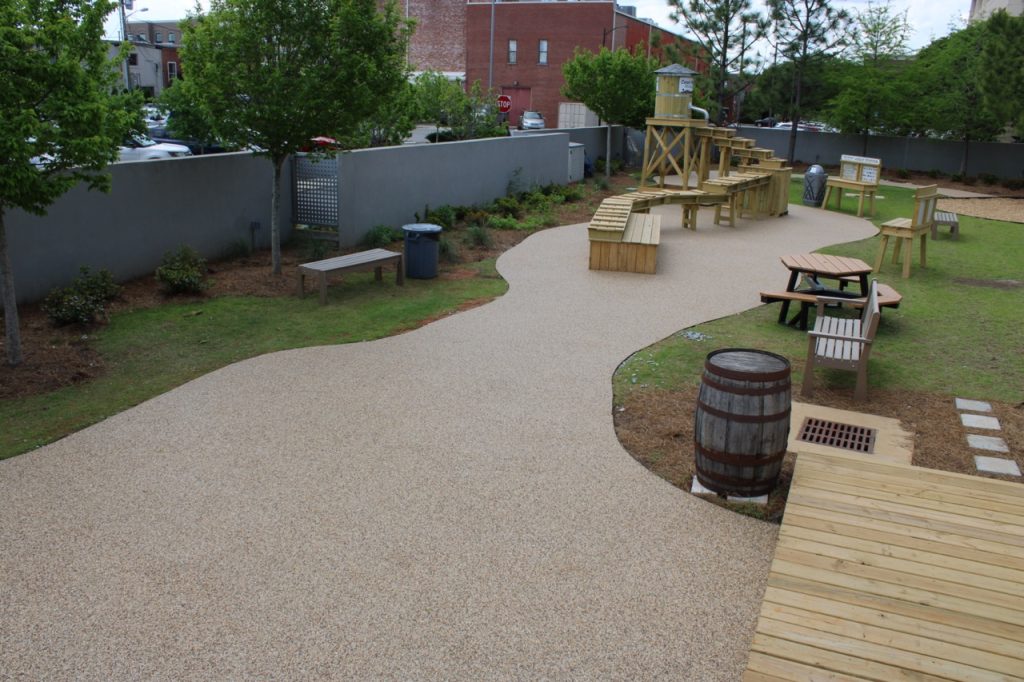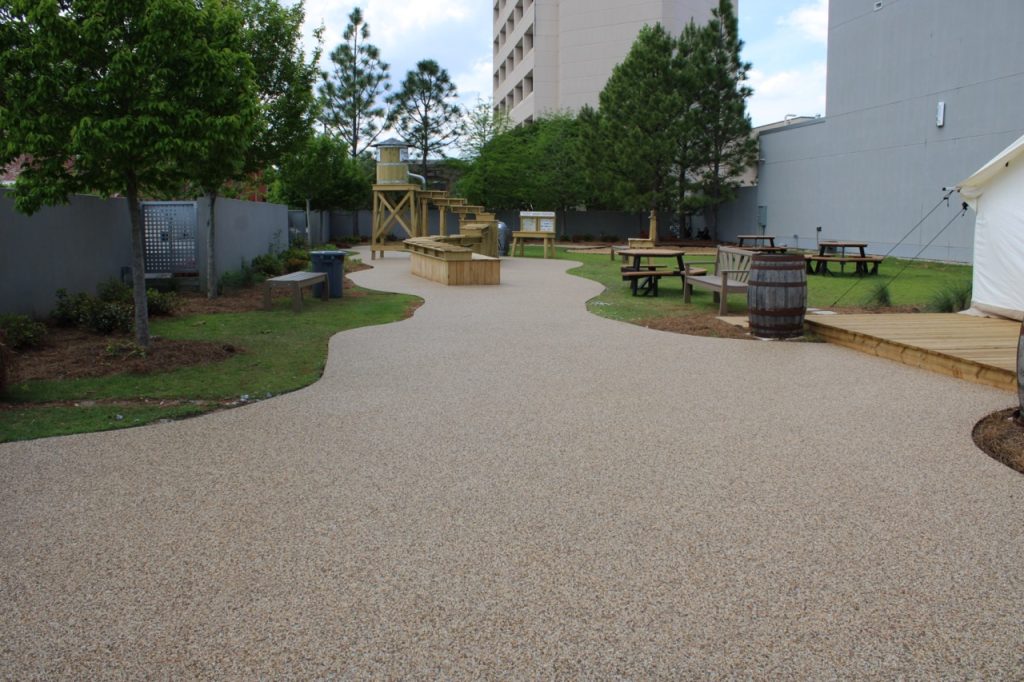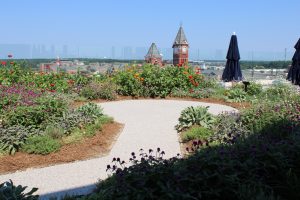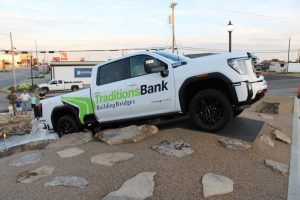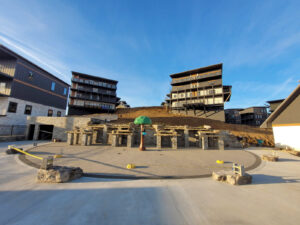Enhancing Visitor Experience Through Sustainable Landscape Design
The Cook Museum of Natural Science in Huntsville, Alabama, has established itself as a leading educational institution dedicated to the natural sciences. Central to its mission is the integration of sustainable practices, not only within its exhibits but also in the surrounding landscape. Recognizing the potential of outdoor spaces to extend the educational experience, the museum undertook a project to transform an underused grassy area into an inviting and functional space for visitors.
Project Overview
The museum’s goal was to create an area that reflected its commitment to sustainability while enhancing the overall visitor experience. The design needed to align with the natural themes present throughout the museum, ensuring continuity between the outdoor and indoor environments.
Design and Implementation
To achieve the desired atmosphere, the museum opted for natural products that complemented its ethos. The project included the installation of a tranquil water feature, which became the focal point of the new outdoor space. Careful consideration was given to the surrounding landscape to ensure the area was not only aesthetically pleasing but also functional and educational.
The landscaping incorporated native plant species known for their resilience and low water requirements, which supports the museum’s conservation efforts. These plants are not only visually appealing but also serve as educational tools, illustrating the importance of native flora in sustaining local ecosystems.
Ace Resin Surfacing
For the pathways and surrounding surfaces, Ace Resin was chosen for its durability and safety features. This permeable resin-bound surface was selected because it allows water to permeate through, reducing runoff and helping to replenish groundwater. This sustainable solution aligns with the museum’s environmental goals, ensuring that the landscaping is both beautiful and functional.
The natural stone finish of Ace Resin adds to the aesthetic appeal, creating a seamless and attractive environment for visitors. Moreover, the slip-resistant properties of the surface make it ideal for public spaces, minimizing the risk of slips, trips, and falls, thereby enhancing visitor safety.
Outcome
The transformation of the underused grassy area into a vibrant, educational, and sustainable space has significantly improved the visitor experience at the Cook Museum of Natural Science. The project reflects the museum’s ongoing commitment to environmental stewardship and provides a tranquil, educational space where visitors can engage with the natural world both inside and outside the museum walls.
Underlayment: 6inches Crush & Run and Ace ResiMesh
Blend: Nashville
Sq Ft: 1800
